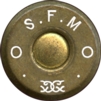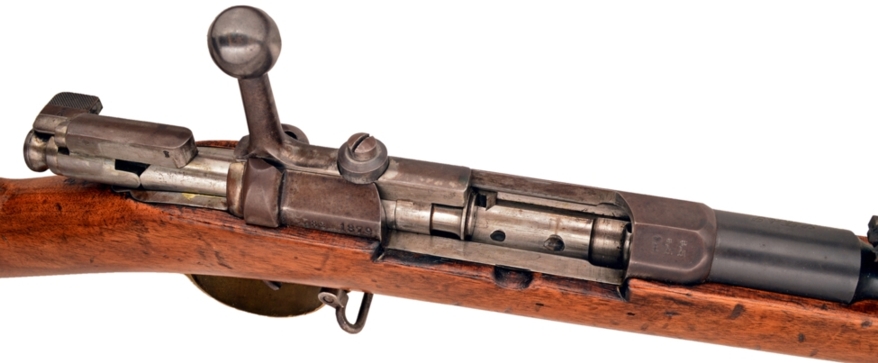







This cartridge was developed by Louis d’AUDETEAU during the mid-1880’s. At the end of the Franco-Prussian war he changed his name to Daudeteau for political reasons. He designed a series of rifles and cartridges to present to the French Army, but they did not adopt any of his designs. He travelled to Romania in 1898 to present his designs but the Romanians had already adopted their M.93 cartridge that was the same as the 6.5×53.5R M.95 that was adopted by the Dutch. He also tried to sell his design to Chile, but they were more interested in the 7×57 Mauser. The same was true for El Salvador.
During the 1880’s the Uruguay army was using the Mauser Infanteriegewehr M.71 and U.S Rolling Block carbines. By the early 1890’s there was an “arms race” in Europe in the move to smokeless cartridges as well as the move to smaller caliber cartridges, notably the 6,5mm cartridge. The research around the 6,5mm cartridge was started by Italy with their adoption on the Carcano round and most other European nations followed with 6,5mm creation of their own. The Uruguayans thought it would be a good idea to keep up with the continental Joneses’ but they did not have sufficient foreign reserves to purchase or develop their own 6,5mm version. There was a Greek immigrant by the name of Dovitis that was supplying the Uruguay army with uniforms and other materials and he suggested to the army to rather re-barrel their existing M.71 Mausers. By making use of his business connections in France, he arranged for the rifles to be sent to Societe Francais des Armes Portative at Saint-Denis in France.
As a result of this the 6.5 Daudetau rifle in Uruguay became known as the “Dovitis Rifle”. It was not a success however and the cartridges were blamed to a large degree for this failure. The primers on the SFM manufactured were very hard and it resulted in many misfires. In addition to that the cases were not properly annealed, which led to many cases developing neck cracks.


